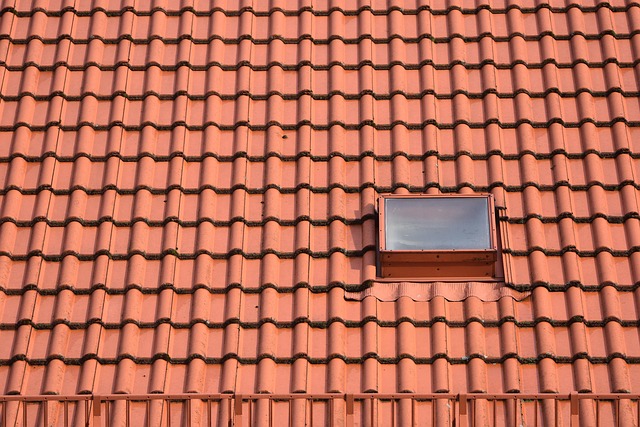In Austin, where climate extremes cause moisture buildup that damages roofs, proper austin roof repair involves adequate ventilation with intake and exhaust vents. Common issues include inadequate ventilation, blocked vents, improper placement, and lack of maintenance leading to mold, wood rot, and reduced insulation efficiency. Regular inspections by specialists are crucial for unclogging vents, appropriate sizing, and using high-quality materials resistant to local weather conditions. Effective austin roof repair strategies address moisture sources like leaky gutters or inadequate ventilation, preventing structural damage and extending roofing lifespan.
In Austin, proper roof ventilation is crucial to maintaining a dry, healthy home. This introduction outlines how to tackle common ventilation issues that can lead to moisture buildup, a significant concern for many local residents. We’ll guide you through understanding these problems, identifying their sources, and offering effective solutions tailored to Austin’s climate. Learn about the various aspects of roof ventilation and discover expert tips for Austin roof repair to ensure your home stays protected from the elements.
- Understanding Roof Ventilation and Common Issues in Austin
- Identifying and Addressing Moisture Buildup Sources
- Effective Solutions for Optimizing Roof Ventilation in Austin Homes
Understanding Roof Ventilation and Common Issues in Austin

Roof ventilation is a crucial aspect of maintaining a healthy and durable roof in Austin’s unique climate. The city’s hot, humid summers and mild winters create ideal conditions for moisture buildup if proper ventilation isn’t in place. Understanding this system involves recognizing two primary components: intake vents and exhaust vents. Intake vents allow fresh air to enter the attic space, while exhaust vents facilitate the escape of warm, moist air. A balanced ventilation system ensures optimal air circulation, keeping attics dry and preventing damage to roof structures and insulation.
Common issues in Austin include inadequate or blocked ventilation, improper vent placement, and poor maintenance. These problems often lead to excessive moisture accumulation, resulting in mold growth, wood rot, and reduced insulation efficiency. To address these concerns, Austin roof repair specialists emphasize the importance of regular inspections and timely repairs. They recommend checking vents for clogs, ensuring proper sizing and spacing, and using high-quality materials to withstand the region’s challenging weather conditions.
Identifying and Addressing Moisture Buildup Sources

Moisture buildup in your Austin roof is a serious issue that can lead to a range of problems, from mold growth and mildew to structural damage over time. Identifying the source of moisture is the first step towards effective austin roof repair. Common causes include leaky gutters or downspouts, damaged or improperly installed flashing around chimneys or vents, and inadequate ventilation in the attic space.
Regular inspections can help pinpoint these issues early on. Once identified, addressing the root cause is crucial. Fixing leaks, sealing gaps, and ensuring proper airflow through the attic can significantly reduce moisture levels. A well-ventilated roof not only prevents damage but also extends the lifespan of your roofing materials, making it an essential part of any austin roof repair strategy.
Effective Solutions for Optimizing Roof Ventilation in Austin Homes

Roof ventilation is a critical component of any Austin home’s overall comfort and longevity. Effective ventilation helps regulate indoor temperatures, prevents moisture buildup, and reduces the risk of costly structural damage caused by excessive humidity. In the heart of Texas, where summers are hot and winters can bring unexpected freezes, proper roof ventilation becomes even more essential.
There are several effective solutions for optimizing roof ventilation in Austin homes. One common approach involves installing ridged or static vents along the roof’s ridge line, allowing warm, moist air to escape while drawing in cooler, drier air from below. Additionally, power ventilators can be installed to enhance natural airflow, particularly during peak heating and cooling seasons. For optimal results, it’s recommended to work with a professional Austin roof repair service that understands local climate challenges and can provide tailored ventilation solutions for each unique home.
Moisture buildup in roofs can lead to severe structural damage and uncomfortable living conditions, but with proper understanding and effective solutions, these issues can be a thing of the past for Austin homeowners. By identifying common problems and implementing optimized ventilation techniques, you can prevent future repairs and ensure a dry, healthy home environment. Remember, when it comes to austin roof repair, addressing ventilation is key to maintaining your property’s longevity and value.
